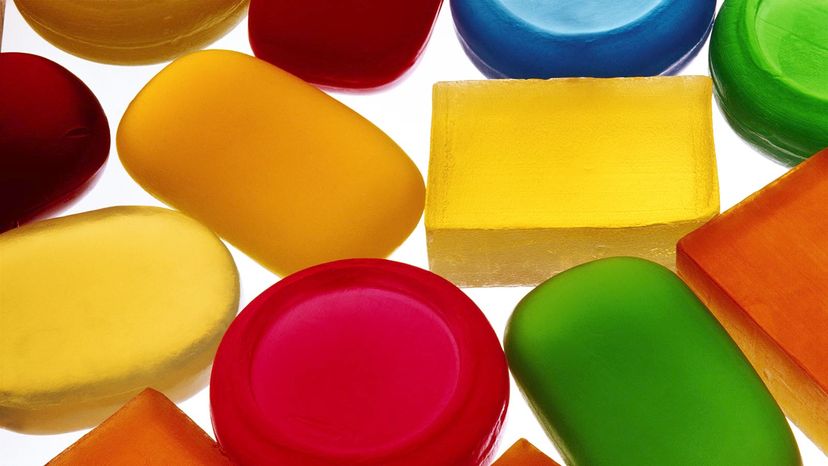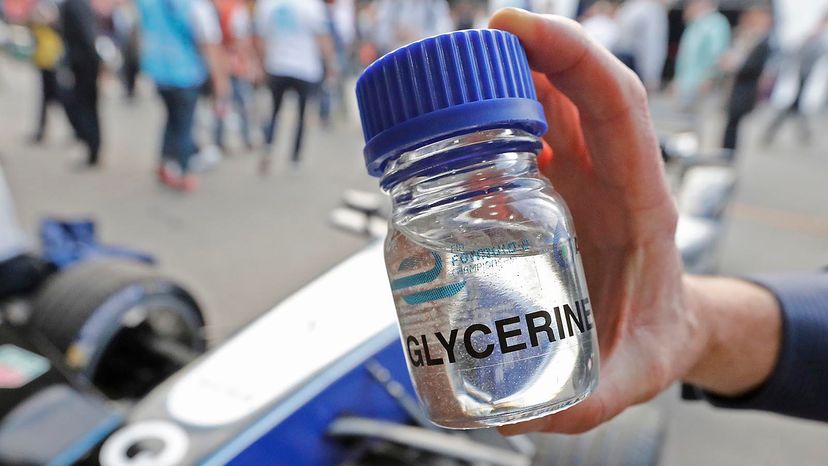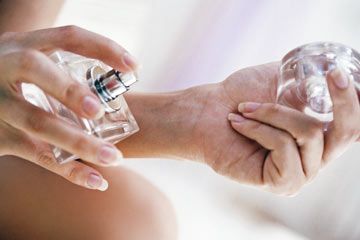
Glycerine was first discovered in 1779 by a Swedish chemist named Carl Wilhelm Scheele — the same guy who first described the attributes of oxygen and a bunch of other elements like hydrogen, barium and chlorine.
He discovered glycerine accidentally while boiling together olive oil and lead monoxide, and he called the resulting material "the sweet principle of fat," because of its slightly sweet taste. Later, the French chemist Michel-Eugène Chevreul named it glycerine (from glykys, the Greek word for sweet).
Advertisement
But what is glycerol, exactly?
Glycerine is a non-toxic, transparent, viscous, water-soluble liquid with a high boiling point that can be found in both vegetable and animal fats. Chemically, it reacts like an alcohol in some situations, but it's generally stable for clinical and practical applications. Here are a just few of the many uses for this miraculous stuff.
Advertisement



